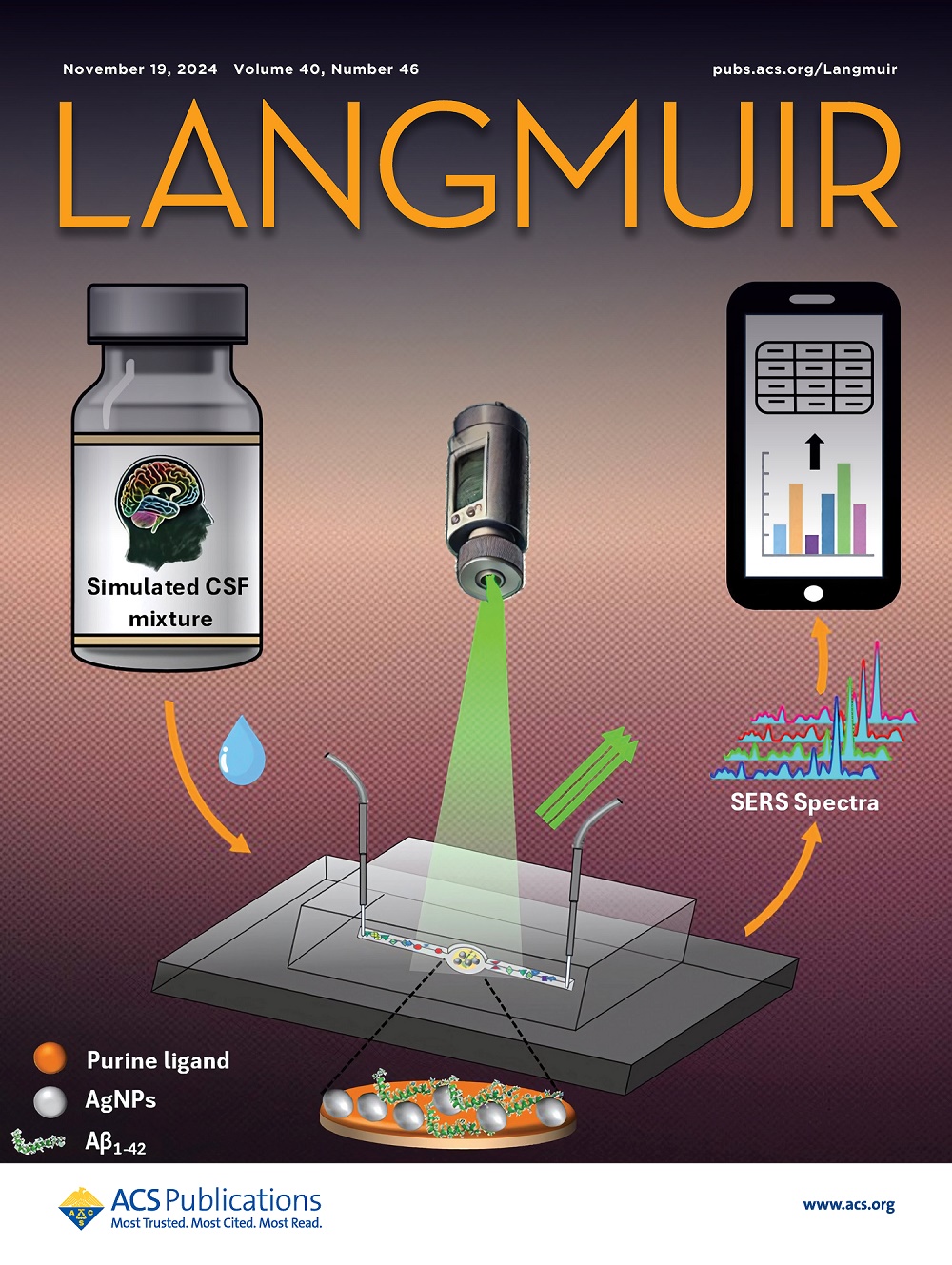光催化生成H2O2的g-CN/WO3-x合成中的弥合间隙:对S-Scheme异质结和等离子体诱导热电子的见解。
IF 3.7
2区 化学
Q2 CHEMISTRY, MULTIDISCIPLINARY
引用次数: 0
摘要
本研究提出了一种具有等离子体特征(局域表面等离子体共振(LSPR)和热电子)的g-CN/WO3-x S-scheme异质结的系统设计,以实现出色的光催化H2O2生产活性。为了优化合成,采用合理的方法研究了合成参数对WO3-x中LSPR和热电子出现的影响及其对异质结性能的影响。由于这种综合策略,所开发的合成方法有效地弥补了文献中的空白,解决了在控制合成g-CN/WO3-x异质结时提高光催化效率的未开发策略。通过x射线光电子能谱(XPS)、固体核磁共振(ssNMR)和电子顺磁共振(EPR)等综合分析,进一步证实了WO3 (WO3-x)和g-CN/WO3-x的缺氧等离子体特征以及g-CN和WO3-x在原子水平上的相互作用。由于WO3-x的存在,g-CN/WO3-x异质结的光收集能力从可见光区跨越到近红外区。此外,WO3-x表面热电子的产生减轻了二元异质结中的电子-空穴复合。结果表明,在10% (v/v)的甲醇水溶液中,g-CN/WO3-x s型异质结在90 min内的光催化H2O2生成速率为1349.70 μmol·L-1,分别是原始g-CN和WO3-x的2.36倍和7.17倍,优于其他同类光催化剂的光催化H2O2生成速率。g-CN/WO3-x异质结优异的光催化活性归因于s型异质结引起的协同效应,促进有效的电荷分离,增强氧化还原电位和等离子体诱导的热电子通过光热效应加速反应,并作为额外的还原物质。本研究为利用LSPR现象在光催化、光子学和生物医学等领域构建非金属等离子体s型异质结开辟了广阔的前景。本文章由计算机程序翻译,如有差异,请以英文原文为准。
Bridging Gaps in the Synthesis of g-CN/WO3-x for Photocatalytic H2O2 Generation: Insights into S-Scheme Heterojunction and Plasmon-Induced Hot Electrons.
This study presents a systematic design for fabricating g-CN/WO3-x S-scheme heterojunctions with plasmonic features (localized surface plasmon resonance (LSPR) and hot electrons) to achieve superb photocatalytic H2O2 production activity. To optimize the synthesis, a rational approach is employed to how synthesis parameters influence the emergence of LSPR and hot electrons in WO3-x and their effect on the heterojunction's performance. As a result of such a comprehensive strategy, the developed synthesis methodology effectively bridges gaps in the literature, addressing underexplored strategies for improving photocatalytic efficiency for the controlled synthesis of the g-CN/WO3-x heterojunction. The plasmonic characteristics attributed to oxygen deficiency in WO3 (WO3-x) and g-CN/WO3-x and interactions of g-CN and WO3-x at the atomic level are further corroborated through a comprehensive analysis employing X-ray photoelectron spectroscopy (XPS), solid-state nuclear magnetic resonance (ssNMR), and electron paramagnetic resonance (EPR). Thanks to the presence of WO3-x, the light-harvesting ability of g-CN/WO3-x heterojunctions spans from the visible to near-infrared region. Moreover, the generation of hot electrons on the surface of WO3-x mitigates electron-hole recombination in the binary heterojunction. Consequently, the g-CN/WO3-x S-scheme heterojunctions synthesized with the optimal recipe provided a superior photocatalytic H2O2 generation rate of 1349.70 μmol·L-1 in 10% (v/v) aqueous methanol solution within 90 min, which is 2.36 and 7.17 times greater than that of pristine g-CN and WO3-x, respectively, superior to other similar photocatalysts tested in photocatalytic H2O2 production. The superb photocatalytic activity of the g-CN/WO3-x heterojunction is attributed to the synergistic effects aroused in the S-scheme heterojunction, promoting efficient charge separation with enhanced redox potentials and plasmon-induced hot electrons that both accelerate reactions through the photothermal effect and serve as additional reducing species. This research broadens the perspective toward constructing nonmetallic plasmonic S-scheme heterojunctions for fields utilizing LSPR phenomena, such as photocatalysis, photonics, and biomedicine.
求助全文
通过发布文献求助,成功后即可免费获取论文全文。
去求助
来源期刊

Langmuir
化学-材料科学:综合
CiteScore
6.50
自引率
10.30%
发文量
1464
审稿时长
2.1 months
期刊介绍:
Langmuir is an interdisciplinary journal publishing articles in the following subject categories:
Colloids: surfactants and self-assembly, dispersions, emulsions, foams
Interfaces: adsorption, reactions, films, forces
Biological Interfaces: biocolloids, biomolecular and biomimetic materials
Materials: nano- and mesostructured materials, polymers, gels, liquid crystals
Electrochemistry: interfacial charge transfer, charge transport, electrocatalysis, electrokinetic phenomena, bioelectrochemistry
Devices and Applications: sensors, fluidics, patterning, catalysis, photonic crystals
However, when high-impact, original work is submitted that does not fit within the above categories, decisions to accept or decline such papers will be based on one criteria: What Would Irving Do?
Langmuir ranks #2 in citations out of 136 journals in the category of Physical Chemistry with 113,157 total citations. The journal received an Impact Factor of 4.384*.
This journal is also indexed in the categories of Materials Science (ranked #1) and Multidisciplinary Chemistry (ranked #5).
 求助内容:
求助内容: 应助结果提醒方式:
应助结果提醒方式:


